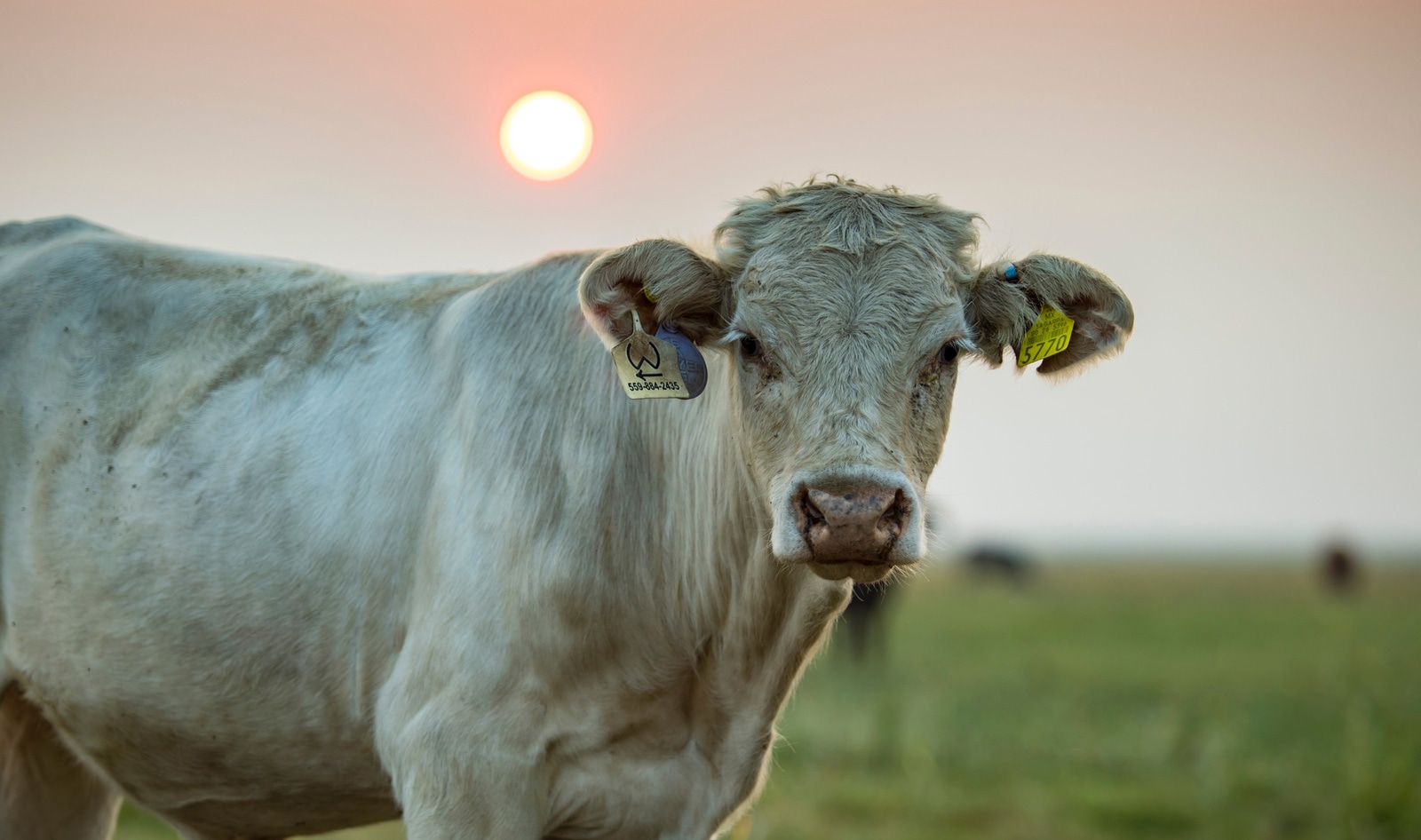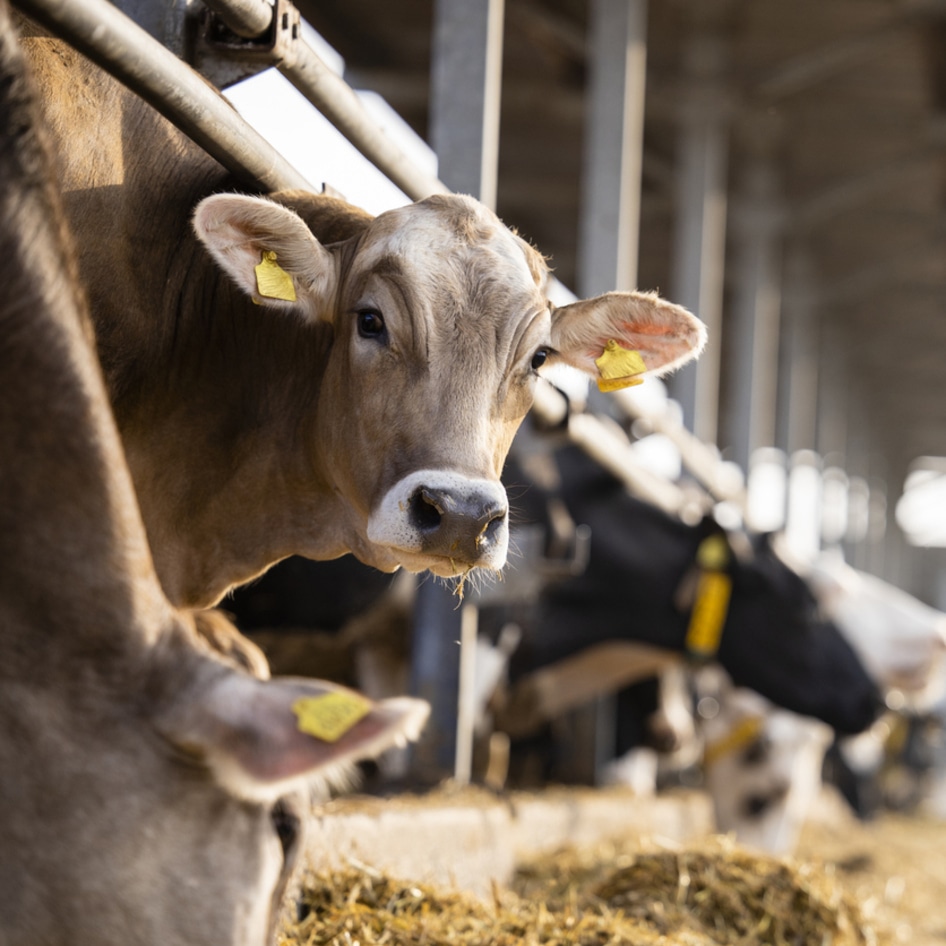COP26, the 26th annual Conference of the Parties, is a summit designed to negotiate elements for immediate policy action from the United Nations Framework Convention on Climate Change. This year the COP26 was tasked with finding, and acting upon, pressing areas of climate change to keep the global warming rate below 1.5 Celsius before 2030. Many countries independently signed on to NetZero carbon emissions commitments including the US and the host country, the UK. However, despite these ambitious goals, food systems—including agriculture and especially food and diet—were largely considered out of bounds amongst speakers and programming.
Agriculture contributes between 30 to 40 percent of all greenhouse gas emissions (GHGs)—the primary contributor to global warming—among other serious environmental hazards such as deforestation, soil nutrient entropy, water poisoning, and more. Despite this huge impact to ecological systems and climate, specific high-level talks about agriculture comprised less than 5 percent of all official negotiations and less than 10 percent of side events, favoring the less controversial topic of renewable energy.
The glaring climate problem
Scientists in climate and human health—including the United Nations Environment Programme (UNEP)—all agree that meat consumption and production is the most urgent issue to consider when tackling climate change. Environmental advocates demand policy changes to reduce production between 40 to 79 percent as soon as possible. Most agree that even if all fossil fuel use were to be stopped tomorrow, that alone would not be enough to sufficiently slow the rate of global warming, let alone begin to reverse it.
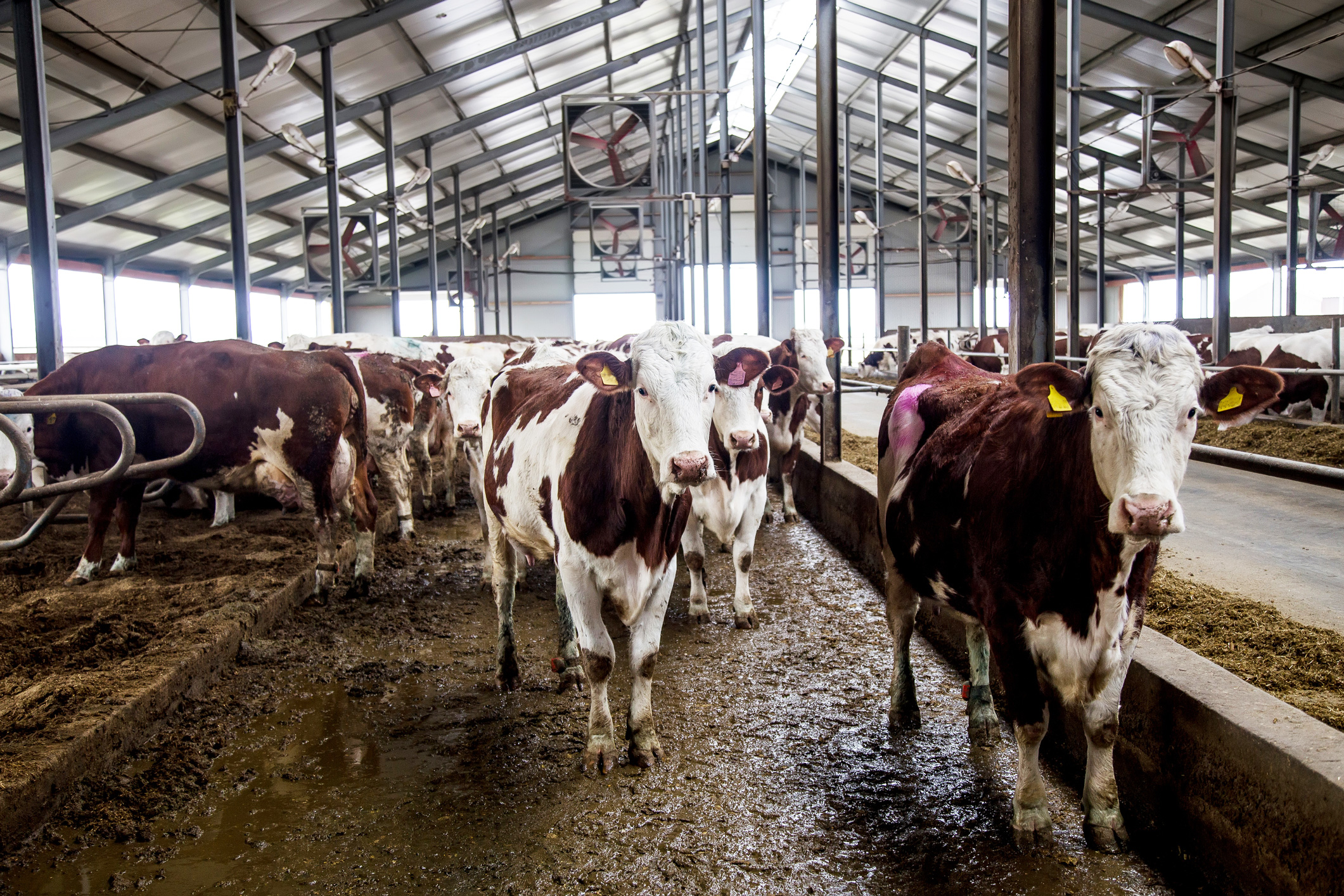
The single largest contributor of GHGs—including carbon, methane, and nitrous oxide—is agriculture. Animal agriculture is the largest emissions contributor within agriculture, with waste, manure, need for refrigeration, and multi-stage transportation all compounding the emissions from the animals themselves. Nonetheless, conversations about GHG emissions almost exclusively focused on emission contributions from the energy sector, such as the global initiative to end coal and shift away from oil in favor of renewable energy. However, as a delegate from Nicaragua, Bernis Cunningham will tell you, initiatives to bring renewable energy, such as hydroelectricity to developing countries, are often just a smoke screen to fund more destructive practices. He believes that the practice of “offsetting,” leads to the “greenwashing of false funding and development” where destructive practices like deforestation and gentrification are cloaked in intentionally deceptive “green marketing” to allow business-as-usual, or worse.
Why are food and agriculture left out of the conversation?
“Energy is the fastest and most direct way to tackle methane emissions,” said Environmental Defense Fund (EDF) Senior Scientist Dr. Steve Hamburg, one of the principal organizers of an event pavilion known as Methane Moment. “Diet is just too controversial, we just don’t know viable solutions and the data isn’t conclusive.” A curious statement from such an esteemed scientist and an expert on methane to make when the evidence about livestock contributions is clear and the consumer readiness for change in the global north has been well established. The conversation with Dr. Hamburg continued through the usual defense of indigenous peoples and cultural eating patterns, paying particular concern to people in the Global South—who are often paternalistically painted as future victims of would-be northern policies should they change—and ignored as victims of the existing Global North’s appetites. The science is clear: the majority of total GHG emissions and total climate change impact comes from the Global North. Studies have shown that shifting agricultural production and changing dietary patterns toward more sustainable plant-based diets in the Global North alone could make a sizable impact (UNEP estimated around 25 percent) on climate change.

The official EDF position on livestock emissions was announced during a US Center policy panel led by USDA Secretary Tom Vilsack. The EDF recommendation is for food additives to be included in ruminant animal feed in order to reduce enteric fermentation (the gas built up in animal stomachs while eating). This approach and a call for more emissions-controlled manure solutions seem to be the American—and major meat producing countries such as Argentina’s—position on tackling the livestock contribution to GHGs. Putting more chemical agents in animal feed for profit and human benefit is a solution we have seen many times before and with calamitous impacts. Just one example is the industry’s use of antibiotics to control the spread of disease and increase total body mass that contributes to the bioaccumulation of and resistance to antibiotics in the food supply. Another example is growth hormones, the use of which caused significant fallout for both human and non-human animals and are now banned in several areas.
The argument for regenerative agriculture
On the other side of the agriculture conversation are advocates demanding regenerative agriculture. This is a nature-based solution to tackling agriculture’s impact on climate that involves increasing biodiversity of forests and crops using a symbiotic relationship between animals and the ranges on which they graze. Not so coincidentally, the conference was located in Scotland where over 70 percent of animal agriculture is done traditionally by open grazing on land not otherwise available for development or crops. Food Policy Analyst Alex Lockwood, working with The Vegan Society, has done an impressive amount of research into presenting a different model of land use in the UK that is currently relegated to grazing. Working with food policy experts at the University of Sunderland, The Vegan Society developed Planting Value in the Food System—a data-driven policy report that proposes what is known as a “Just Transition” approach.
“From the United Nations Food Systems Summit (UNFSS), we know what all the important pieces of the problem are, so we have all the ingredients but we still must test and develop the recipe before we can put it on the menu.”
—Martina Fleckenstein
For agriculture, a Just Transition is a farmer-first approach to adapting the industry that ensures economic viability alongside climate improvements and includes educational resources and the support of social and governmental services. The Planting Value in Food report assists animal farmers to find crops that grow even in the difficult lands of the highland UK (such as chickpeas) and outlines the many benefits of increasing the domestic production and supply of soil-enriching legumes. The Vegan Society is careful to note that the UK consumes a high volume of beans currently, however grows none domestically. Curiously, while there is widespread acceptance for regenerative agriculture, the central policy makers and scientists from EDF and organizations like the National Farmers Union in the US also oppose regenerative agriculture as an industry-based solution, in part because the logical result of regenerative agriculture is much less overall animal meat produced.
The organizations striving for change
Like The Vegan Society, established non-governmental organizations (NGOs) and new initiatives like the Plant-Based Treaty seek to galvanize support for global adaptations needed to meet climate and animal welfare goals. Organizations from around the world gathered to plead the case of the food and agriculture impact on planetary health. These organizations were also joined by private industry companies, who instead of promoting their brands, were focused on the crucial task at hand. However, notably absent were positions from groups typically allied on this topic, such as Greenpeace who also focused completely on contributions from fossil fuels. The work to push for food systems to change to help the climate crisis was being done by the vast outer machinery of the COP26. Thousands of dedicated individuals held side events both within and outside of the restricted and elite areas of the conference. These advocates are slowly making inroads to sympathetic heads of state and governmental agency players.
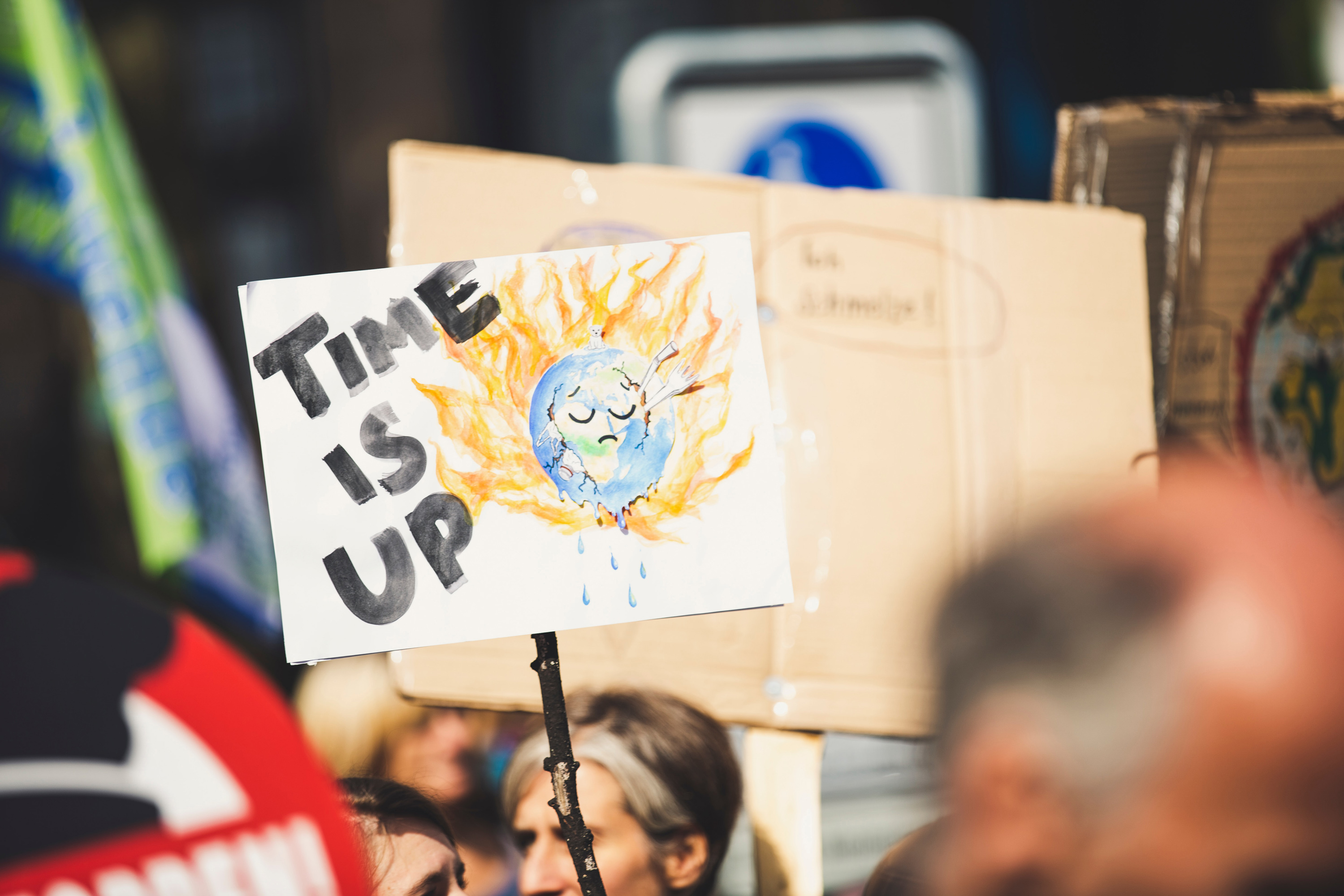
ProVeg International was a prominent force in side events throughout the COP26. Collaborating with many other international organizations, the organization had several representatives focused on policy. It is no wonder, as ProVeg currently runs multiple campaigns addressing these topics directly. ProVeg recently published novel consumer-priorities research demonstrating the European willingness to reduce meat and adopt plant-based alternatives. They also maintain an international collective partnership (Smart Proteins, aimed at supporting the development of innovative proteins from plants) and also offer grant funding designed to help persons from lower income countries access funds to innovate solutions in their local regions.
The World Wildlife Fund (WWF) recently started a food and agriculture solutions group in their Germany outpost that is now three years old and even expanded the program to emphasize dietary solutions. The organization supports a plant-rich approach, which it calls a Planet-Based Diet, and participated in panels alongside animal-rights organizations Four-Paws, Humane Society, and ProVeg at the World Health Organization Pavillion. WWF advocates for a reduction in meat production and has been heavily involved in pushing the UN agriculture and climate group, Koroniva, to include a focus on food system contributions beyond food production.
“There is no emphasis on other stages of the food system, and I think food waste will be the next likely target to include when discussing major international policy around emissions contributions,” said Global Policy Manager of WWF International Martina Fleckenstein. She echoed sentiments that food and diet are deemed too controversial and believes that moving the conversation to food will find more support in the topic of food waste as a next step. “From the United Nations Food Systems Summit (UNFSS), we know what all the important pieces of the problem are, so we have all the ingredients but we still must test and develop the recipe before we can put it on the menu.”
The WWF UK also recently authored a paper published in Nature Food with a group of Official Youth Policy Constituents of the UN (YOUNGO) known collectively as Food@COP. The article calls for a global shift to plant-rich diets, an end to subsidies of animal agriculture, and other policy levers aimed at joining human and planetary health. Following from the article, an open letter based on the article is currently on the Global Alliance for Improved Nutrition (GAIN) website and seeks signatures from scientists, healthcare professionals, policy members, and other agents of change to join in support. Food@COP formed at the UNFSS and set its sights first on changing the catering options for food served within the event area and successfully secured the promise that 50 percent of the foods served at COP26 would be plant-based foods.
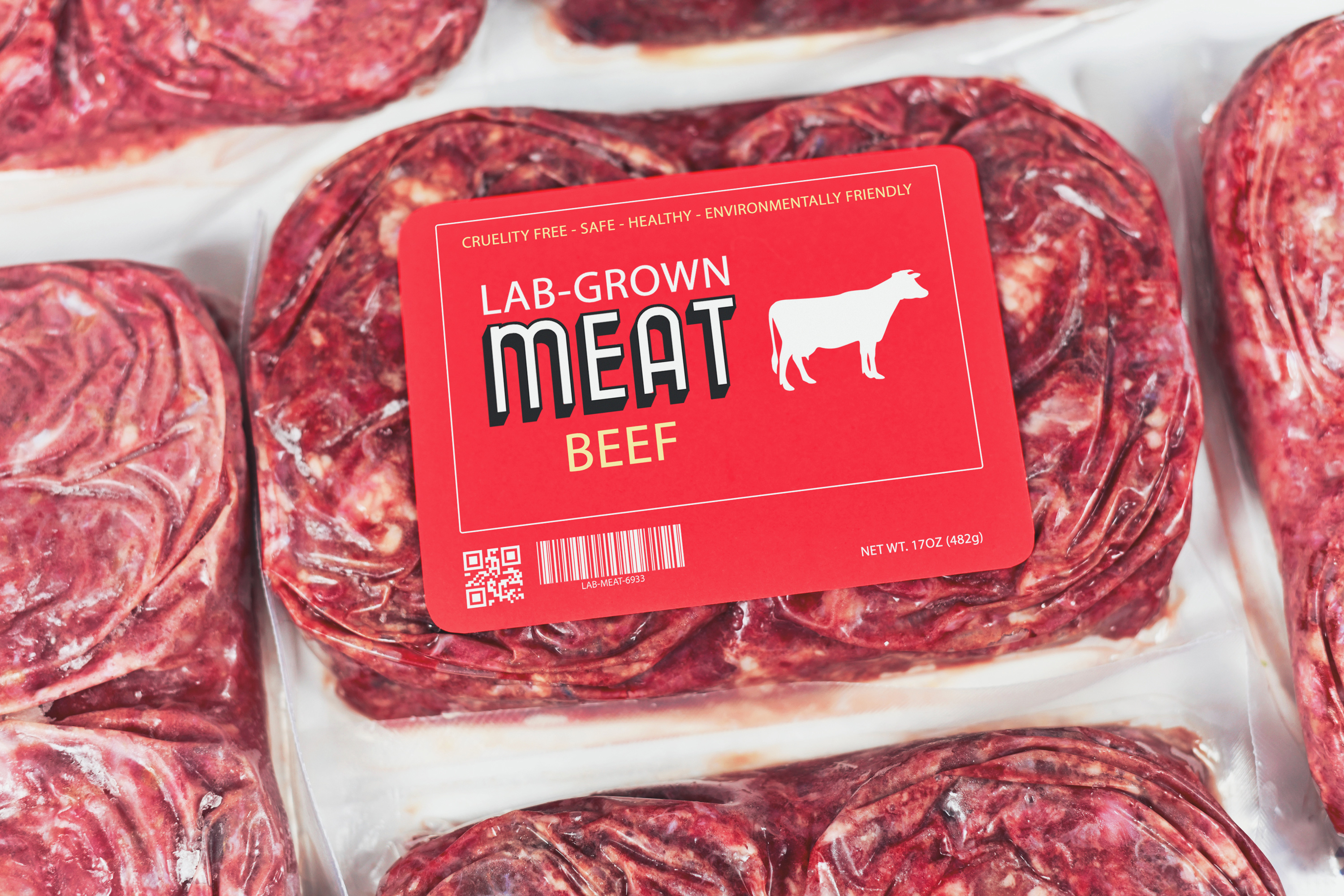
The Good Food Institute (GFI) sees cultivated meat as a way to address both the environmental and animal welfare considerations of meat production without relying on behavior change to get there. GFI’s Bruce Friedrich also notes that these novel technology-based solutions alleviate concerns about the potential loss of quality protein sources and cultural foods for the world’s diverse populations. With alternative proteins, people can continue to eat and live as they always have, and with the advent of cultivated meat, countries with limited ability for agricultural production—such as desert regions in the Middle East—could now develop their own food production systems. Friedrich believes that price parity between cultivated meat and traditionally produced animal meat is not only achievable but will happen sooner than we previously estimated. The first scalable production factory just opened in the US and the USDA just developed an Institute for Cellular Agriculture at Tufts University. Cultivated meat is advancing in other countries like Israel and Singapore, too. In contrast to nature-based solutions like biodiversity and regenerative agriculture, cultivated meat could reduce nearly 93 percent of all GHGs associated with the production of animal-proteins by cutting the animals out.
Technology solutions attract a range of stakeholders. During a joint brief on the new bi-lateral initiative on climate, AIM for Climate, Her Excellency Mariam Almheiri of the United Arab Emirates (UAE) reminded us that many countries like her own import 90 percent of their food supply. The lack of available land resources means technological solutions could radically change food sovereignty in these countries, and Almheiri spoke directly about UAE intentions to pursue cultivated meat.
The Tzu Chi Foundation is a female-led Buddhist organization based in Taiwan that operates internationally. The organization provides disaster relief and healthcare for some of the world’s most vulnerable, including victims of devastating climate change-related disasters such as tsunamis and hurricanes. Tzu Chi is an official policy consultant for the UN, and has a stronger, and more established relationship with change makers than any other plant-based organization. However, as a faith-based organization, they face discrimination because accoring to Tzu Chi, “leaders of the world tell us that as a faith-based organization we have no obligations to NetZero.” This is one of the many ways that policy negotiations exclude NGOs that aren’t financially tied to the industries causing the problems.
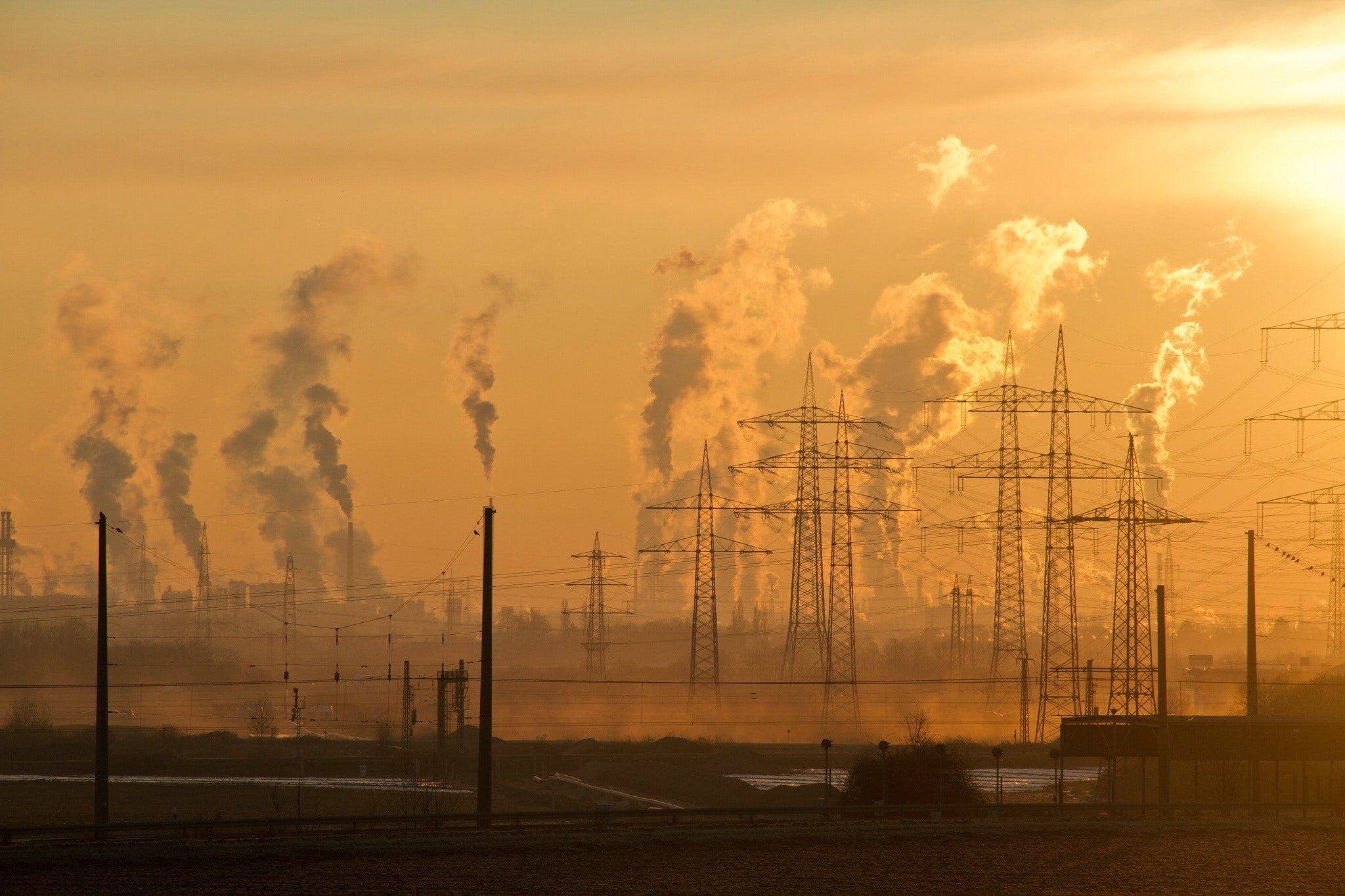
Compassion in World Farming (CIWF)—a global nonprofit started by a farmer that works directly with farmers—aims to help people understand the many devastating consequences of industrialized farming. CIWF was the only animal-rights organization with its own booth in the conference’s respected Blue Zone, and was thereby able to engage with delegates in a different and more serendipitous way. From inside the CIWF booth, you could overhear conversations with world leaders where they realized for the first time the impact of industrial farming on the health and welfare of their constituents. One such revelation included the economic minister of one of the top meat producing countries in the Global South speculating out loud that meat consumption might be tied to the chronic health and fertility issues they are witnessing in his country.
Oatly (Sweden), Huera Foods (Spain), The Vegan Kind (UK), The Vegetarian Butcher (Netherlands), and Aleph Farms (Israel), among others, were all present and advocating for change, placing their platforms far ahead of their brands. The consistent theme: the elephant in the room. Indeed the UK government, Huera, the Plant-Based Treaty, and The Vegetarian Butcher all independently launched campaigns with that same central message: we are ignoring the elephant in the room, and it’s in our daily food choices.
Who gets to have a voice?
Climate activist Greta Thunberg called COP26 the “most exclusionary COP ever” as access was limited for NGOs for the first half of week one. Further, ableism, sexism, and racism were quantifiable in events and speaker time, and widespread patronizing and paternalistic approaches were favored at every turn. Elitism and racism seemed inherent in the avoidance of topics of agriculture and food—on the one hand speakers decried the consequences for marginalized persons while also denying them a voice. Cunningham, mentioned above, and Stephanie Cabovianco, an official party delegate from Argentina, were expected to participate in a panel on sustainable food systems at the Methane Moment, but like every other talk on the subject at the Methane Moment, it was canceled. When Cabovianco inquired about why the panel was canceled, she was told that her perspective wasn’t supportable and that she didn’t represent her country. The American scientist Dr. Hamburg speaking to her insisted that he, instead, knew better.

The heated exchange between Cabovianco and Dr. Hamburg underscores the fight for marginalized voices of the Global South to be heard, especially when those voices call for adaptation outside of the interest of private industry with power and leadership in the regions they represent. Further, it highlights that those from high-income countries, like the US, who cry out about the disappearance of cultural traditions among low-income countries are the first to dismiss the Black and Brown voices from those same low-income countries when they are the ones calling for change. The exchange between the Argentine delegate and the US scientist ended with Cabovianco directly accusing him of dismissing her because she is a Latin American woman. “Don’t make this about a white man and a Latina woman, okay, I’ve worked with Argentina longer than you’ve been alive,” Cabovianco recounts his response.
The need for more consistent messaging
Without positions and main messages from COP26 leadership, the need to address the climate change contributions from diet will not be able to gain ground. For example, menus for foods sold within the COP26 conference all included the CO2 emissions in kilograms (kgs) next to each food—a nudge technique similar to stamping calories on restaurant menus. Not surprisingly, the plant-based options showed significantly lower CO2 emissions compared to the animal-based options. Further analysis reveals that despite promises for 50-percent plant-based offerings within the Blue Zone, only 38 percent of the menu items were indeed plant-based. The average CO2 emissions of the animal-based items was 1.75 kgs—nearly double the guidance that food emissions should remain below 1 kg per serving. The plant-based items averaged only 0.33 kgs—less than one fifth the emissions of their animal-based alternatives and well within the guidance.

Taking into account the purchase frequency based on interviews with food service staff at COP26, the GHG contribution from animal-sourced food was estimated to be 450 kgs higher than the plant-based options per day—over 35 times more. Easily witnessed were the lines at the meat grilling station at the event compared to “grab’n’go” sandwich stations, which were typically where the plant-based food options were. And yet, the plant-based options that were available were frequently out of stock. Catering staff said plant-based items were popular, but that they had nearly a quarter of the supply compared to animal-based foods, and they were rarely restocked. The YOUNGO initiative Food@COP is still pushing for more sustainable food choices at the conference and notes that this year is still a significant step forward compared to previous years. However, with the COP27 planned for Egypt, concerns about the likelihood for a plant-based menu still abound.
For more on COP26, read:
Vegan Celebrities Demand COP26 Stop Ignoring Animal AgricultureBiden Urged to Slash US Animal Production by 50 Percent by 2040COP26 Puts Carbon Footprint on Event Menus. Why Is Bacon Still Served?
Suzannah Gerber is a behavior change and nutrition scientist and a fellow of the National Institute of Food and Agriculture (USDA) working on plant-based dietary research at Tufts University, in Boston.
JUMP TO ... Latest News | Recipes | Guides | Health | Shop

